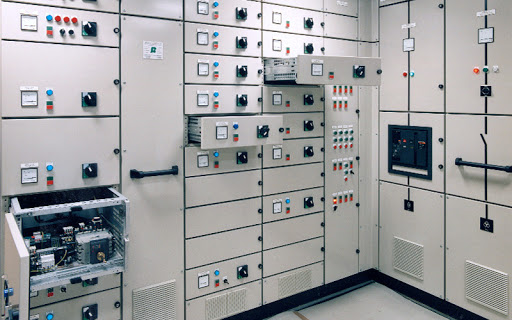Unveiling the Unseen: Exploring Non-Destructive Testing Methods
Non-Destructive Testing
Non-destructive
testing (NDT) methods are crucial techniques employed to inspect and evaluate
materials, components, and structures without causing damage or impairment.
These methods play a vital role in ensuring the integrity, safety, and
reliability of various industries, including manufacturing, construction,
aerospace, and oil and gas. One commonly used NDT method is ultrasonic testing
(UT). UT utilizes high-frequency sound waves to detect flaws, measure
thickness, and characterize material properties. By sending ultrasonic waves
into the material and analyzing the reflected waves, defects such as cracks,
voids, or inclusions can be detected with precision. Another widely employed Non-destructive
testing method is radiographic testing (RT), which uses X-rays or gamma rays to
examine the internal structure of objects. By capturing images on film or
digital detectors, RT can reveal discontinuities, defects, or foreign objects
within materials, providing valuable insights for evaluation and
decision-making.
According
to Coherent Market Insights, The
global non-destructive testing market for the infrastructure industry
size was valued at USD 6,300 million in
2021 and is anticipated to witness a compound annual growth rate (CAGR) of 12.0% from 2022 to 2030.
Magnetic
particle testing (MT) is a method used to detect surface and near-surface
defects in ferromagnetic materials. By applying magnetic fields and magnetic
particles, MT can identify cracks, laps, seams, and other imperfections. When
properly magnetized, these defects create magnetic flux leakage that can be
visualized through the accumulation of magnetic particles. Liquid penetrant
testing (PT) involves the application of a dye or fluorescent liquid to the
surface of a material. The liquid penetrates into surface-breaking defects, and
after a specific dwell time, excess liquid is removed. By applying a developer,
the trapped liquid is drawn out, making the defects visible under suitable
lighting conditions. PT is an effective method for identifying cracks,
porosity, and other surface discontinuities. Eddy current testing (ECT) uses
electromagnetic induction to detect and characterize flaws or changes in
conductive materials. By inducing an alternating current into a coil, the
resulting magnetic field interacts with the test material, producing eddy
currents. Variations in electrical conductivity or material thickness are
detected and analyzed, enabling the identification of surface and subsurface
defects. Other Non-destructive
testing methods include visual inspection, where trained inspectors
visually examine components or structures for surface defects or anomalies, and
thermographic testing, which utilizes infrared imaging to identify variations
in surface temperature and detect defects or insulation issues.



Comments
Post a Comment